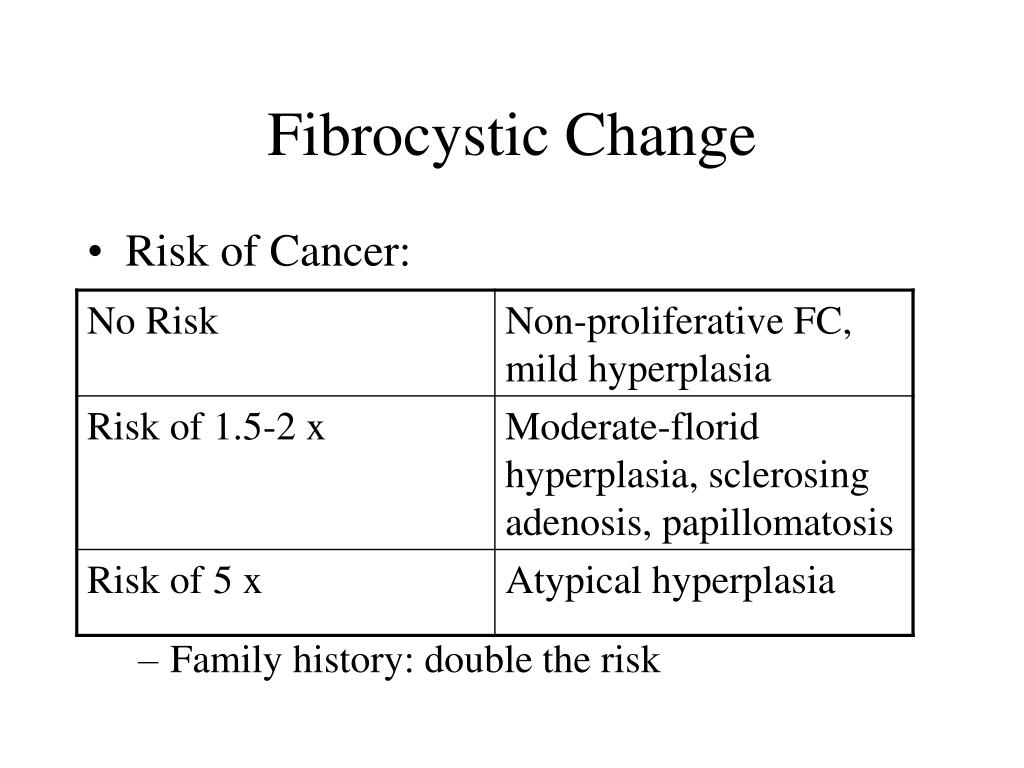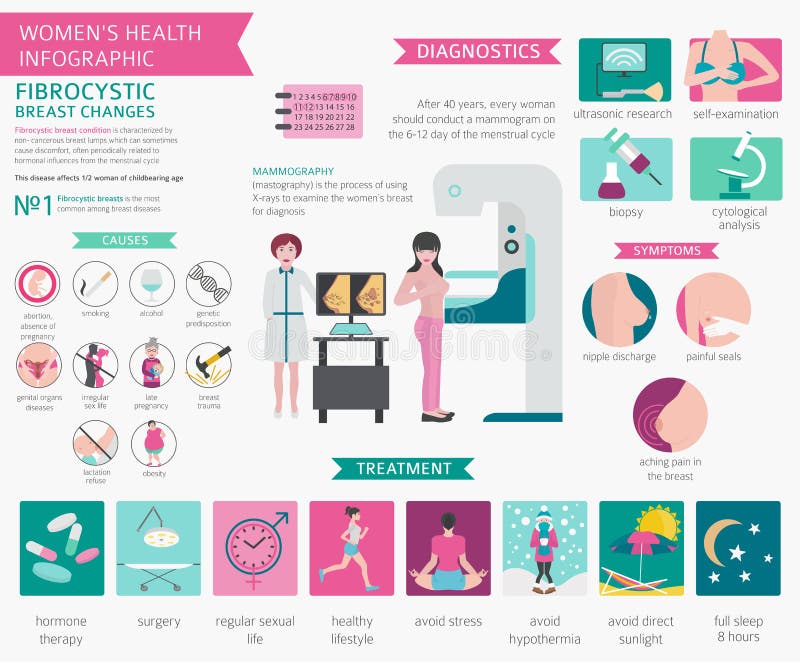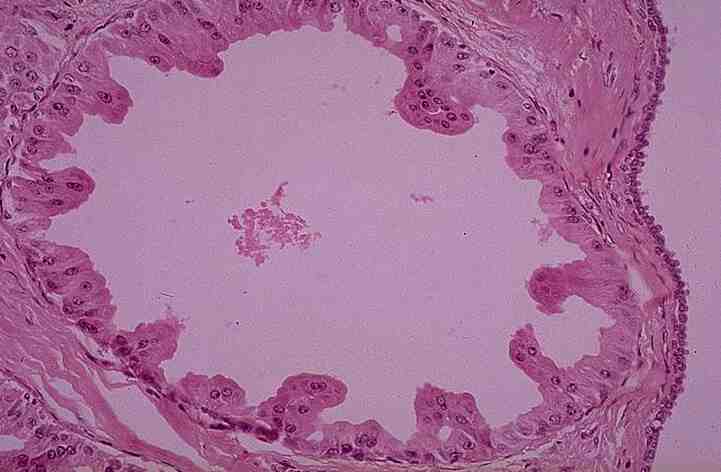


Medical opinion is still divided over whether Fibrocystic disease increases the risk of breast cancer. This condition, also known as cystic mastitis, generally disappears after menopause. The size and tenderness of Fibrocystic lumps usually increase before menstruation, decreasing after the period ends. They are unusual after menopause unless a woman is taking hormones. They are most common in women between the ages of 20 and 50. Fibrocystic changes are an exaggerated response of breast tissue to changes of ovarian hormones.įibrocystic changes are the most common non-cancerous breast condition. Fibrous breast tissue, mammary glands, and ducts overreact to the normal hormones produced during ovulation, resulting in the development of fibrous lumps and/or numerous, small multiple cysts, (lumpy, fluid-filled sacs, or "pockets"). Following are examples of the most common benign breast conditions which produce lumps.įibrocystic changes: This is not a disease, but rather a benign (not cancer) condition affecting 50 to 60 percent of all women. Most breast lumps – 80% of those biopsied – are benign (non-cancerous). Not all tumors are malignant (cancerous).

If you have any questions, follow-up with your doctor.Īlthough any lump formed by body cells may be referred to technically as a tumor. The following descriptions and illustraitons provides some details. There are different types of breast lumps.


 0 kommentar(er)
0 kommentar(er)
